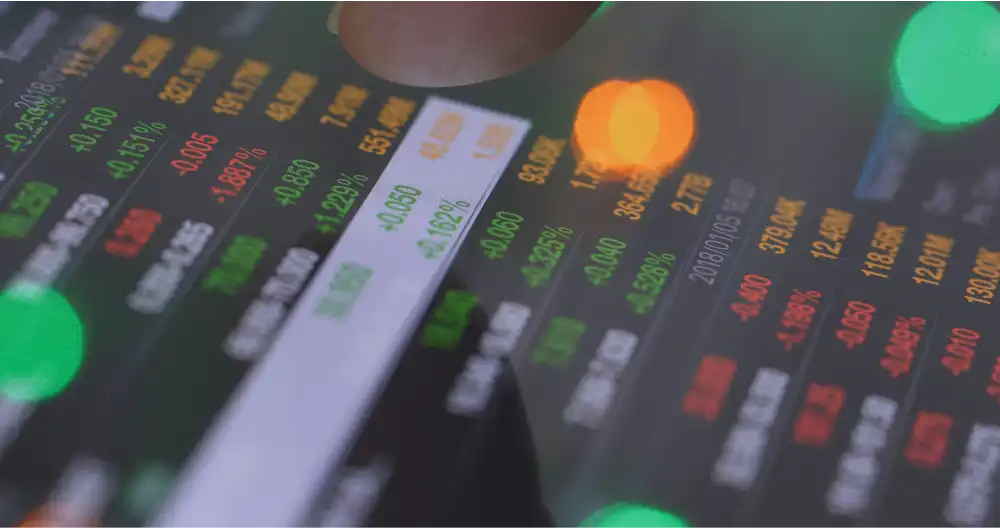
Q2 2021
Global financial markets experienced significant movements in the last quarter, impacting various asset classes.
During the second quarter, global markets continued to advance as the distribution of Covid-19 vaccines and government support measures bolstered investor confidence in a worldwide economic recovery for 2021. However, concerns over inflation and potential interest rate hikes in the United States remained, contributing to possible market volatility in the future. Notably, broad commodities emerged as the best-performing asset class during this period, primarily driven by robust growth in energy prices. Developed markets outperformed emerging markets, with emerging economies lagging behind in terms of vaccination progress. Corporate bonds outperformed government bonds.
UK equities demonstrated strong performance throughout the quarter, benefiting from the ongoing recovery of cyclical and economically sensitive sectors since November. Smaller UK companies outperformed their larger counterparts, as their domestic focus and the strengthening of the sterling currency provided advantages. The negative sentiment towards UK equities, particularly since the 2016 EU referendum, has created attractive buying opportunities.
Encouraging economic indicators were observed, with GDP growing by 2.3% in April, marking the fastest rise since July 2020. This growth more than offset the 1.5% contraction experienced in the first quarter of the year. In June, Fitch Ratings revised the UK's outlook from negative to stable, citing improved macroeconomic data since the beginning of 2021, indicating greater resilience in the UK economy and public finances against the impact of the pandemic.
European equities concluded the quarter on a positive note, supported by a strong corporate earnings season and an accelerated pace of COVID-19 vaccine distribution in the region. According to the latest forecasts from the OECD, Europe's economic rebound from the pandemic is projected to be less robust compared to the United States and the UK, with expected growth of around 4.3% in the eurozone for 2021, compared to 6.9% in the US.
US equities delivered robust returns, surpassing 8%, and the S&P 500 reached new all-time highs in late June. Growth stocks continued to regain strength, propelled by solid earnings growth in the first quarter and increased fiscal stimulus through a $600 billion infrastructure spending deal reached by President Joe Biden. Technology giants like Apple Inc, Alphabet Inc Class A, and Microsoft Corp performed well during the quarter.
Despite a sell-off in May triggered by higher-than-anticipated US inflation, emerging market equities generated favourable returns during the second quarter. Brazil and Russia were the top-performing markets, with returns of nearly 23% and 14%, respectively. Brazil's returns, when denominated in sterling, were boosted by a partial recovery in the value of the Brazilian Real throughout the quarter.
While cyclically sensitive stocks in the financial, energy, and industrial sectors experienced a turning point following the "vaccine day" on November 9, 2020, growth sectors such as technology and healthcare equities maintained their strength and outperformed during the quarter.
Bonds also delivered positive returns, with corporate bonds outperforming government bonds as investors sought yield and inflation protection amid low government bond yields and rising inflation concerns. Consequently, high-yield and inflation-linked bonds outperformed during the period.
Commodities experienced a rally, with oil prices surging by 18% for the quarter. Improved sentiment towards the asset class was driven by long-term structural trends, including economic recovery from the pandemic, inflation fears, infrastructure spending, and increased demand for materials. Oil prices reached levels not seen since late 2018, reflecting a rebound in demand and ongoing debates among OPEC oil cartel members regarding supply. The property sector also had a strong quarter, benefiting from improving consumer confidence and the reopening of economies.
